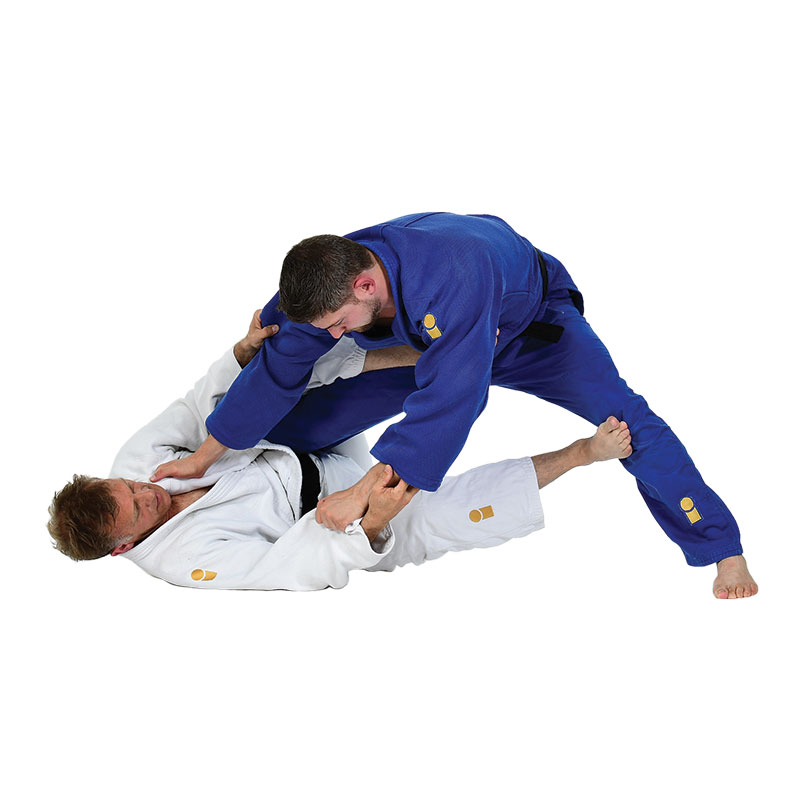Ashi-garami 足緘 (Leg Entanglement)
Classification: Katame-waza → Kansetsu-waza (Joint Lock Techniques)
Target Joint: Knee
Type: Leg/Knee Lock
Description
Ashi-garami is a unique leg lock within Kodokan Judo. It is the only official leg-based joint lock recognized in judo and is part of the Katame-no-Kata. This technique stands out because tori uses their legs to apply direct pressure and control on uke’s knee joint. Due to its high risk of injury, Ashi-garami is strictly prohibited in both shiai (competition) and randori (free sparring).
The name “Ashi-garami” literally means “leg entanglement.” The technique is designed to create a powerful lock from the ground that forces uke to submit through controlled pressure.
How to Apply
- Begin from a position where uke has attempted a right-sided tomoe-nage or a similar throwing technique that fails, leaving both judoka grounded.
- As uke lies on their back or partially on their side, wrap your left leg from the outside under and around their right leg, hooking your heel behind uke’s right knee.
- Your right leg may be used to control uke’s hip or upper thigh, depending on your position.
- Pull uke’s leg toward you using your arms and the entangled leg, then rotate your hips or torso to apply controlled pressure to the knee joint.
- If possible, maintain upper body control of uke to prevent escape or rotation.
The effectiveness of this technique lies in the leverage created by the legs and the use of body rotation to generate dangerous pressure on uke’s knee joint.
Note: Although Ashi-garami is a formally recognized technique in the Kodokan syllabus, it carries a high risk of serious injury if executed improperly. Practice this technique only under the supervision of an experienced instructor and never use it in randori or competition.
